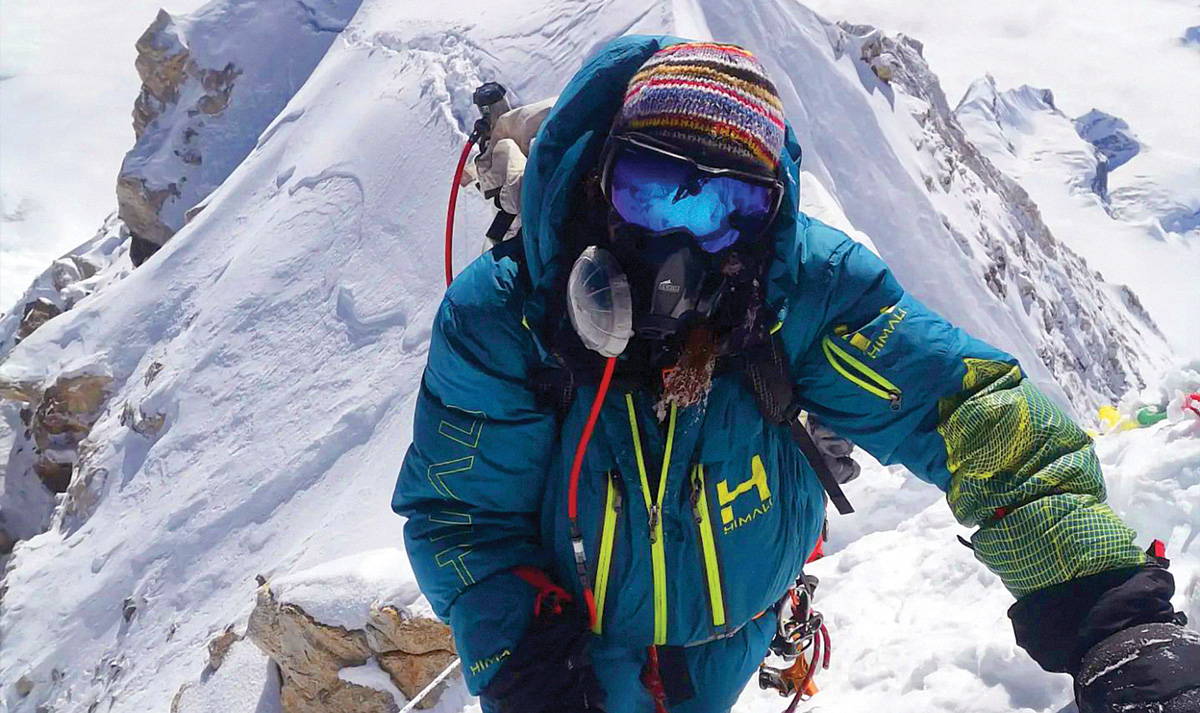Altitude Sickness & Aclimitization Basics

May 9, 2023
Disclaimer: This article is meant to provide general information about altitude sickness & acclimatization. It is not meant to provide medical, training, or any other form of advice. Altitude sickness is a serious condition, please seek the advice of a medical professional if you are worried about experiencing any of the symptoms of altitude sickness.
What is Altitude Sickness?
Altitude Sickness is a serious concern when climbing high peaks. There is a strong genetic component to altitude sickness, so changes in altitude will affect people differently. Always trust how you are feeling, and use your best judgment.
Altitude sickness, also known as acute mountain sickness (AMS), is a common ailment that can affect people who travel to high elevations. Here are some common signs and symptoms of altitude sickness:
- Headache
- Nausea and vomiting
- Dizziness or lightheadedness
- Fatigue
- Loss of appetite
- Shortness of breath
- Difficulty sleeping
If you experience any of these symptoms, it's important to take action immediately. Here are some things you can do:
- Rest: If you start to experience symptoms of altitude sickness, stop and rest. Don't try to push through the symptoms.
- Hydrate: Drink plenty of fluids, as dehydration can make altitude sickness worse.
- Descend: If your symptoms are severe or worsening, descend to a lower altitude immediately.
- Medication: Over-the-counter medications like ibuprofen or aspirin can help relieve symptoms like headache and body ache. Acetazolamide (Diamox) is a prescription medication that can help prevent and treat altitude sickness. Consult your doctor before taking any medication.
- Oxygen: In severe cases, oxygen therapy may be necessary.

What is Acclimatization?
Acclimatization is the process by which your body adapts to higher altitudes. When acclimatizing to high altitude, the body undergoes a series of physiological changes to adapt to the lower oxygen levels present at higher elevations. These changes occur over a period of days to weeks and may include the following:
Increased breathing rate: The body responds to lower oxygen levels by increasing the number of breaths taken per minute. This helps to bring in more oxygen with each breath and expel more carbon dioxide.
Increased heart rate: The heart responds to lower oxygen levels by beating faster to circulate blood more quickly throughout the body. This helps to deliver oxygen to the tissues more efficiently.
Increased production of red blood cells: The kidneys respond to lower oxygen levels by releasing a hormone called erythropoietin (EPO), which stimulates the bone marrow to produce more red blood cells. Red blood cells are responsible for carrying oxygen from the lungs to the tissues.
*Note: You may recognize the term EPO from blood doping scandals. Exogenous use of EPO is banned by WADA (learn more here). The amount of endogenous EPO produced when acclimating to altitude is significantly less than what people use to dope. Many athletes use altitude training for performance benefits for this exact reason, and using altitude as a part of a training plan is a common & clean part of many professional athletes training plans.
Increased production of capillaries: Capillaries are small blood vessels that deliver oxygen and nutrients to the tissues. In response to lower oxygen levels, the body may increase the production of capillaries to improve oxygen delivery.
Increased buffering capacity: At high altitude, the blood can become more acidic due to increased carbon dioxide levels. The body responds by increasing its buffering capacity, which helps to maintain the pH balance of the blood.

Here are some tips to help you acclimatize to altitude:
- Gradual ascent: Ascend gradually to give your body time to adjust. Avoid rapid ascents or ascending more than 300-500 meters per day above 2,500 meters.
- Stay hydrated: Drink plenty of fluids, preferably water or electrolyte solutions, to prevent dehydration. Avoid alcohol and caffeine, which can contribute to dehydration.
- Proper nutrition: Eat a balanced diet that includes complex carbohydrates, lean protein, and plenty of fruits and vegetables.
- Rest: Take time to rest and recover. Adequate rest can help your body acclimate more quickly.
- Medications: Diamox is a medication that can help prevent and treat altitude sickness. Talk to your doctor about whether this medication is right for you.
- Controlled breathing: Controlled breathing exercises, such as deep breathing or yoga, can help increase oxygen intake and improve acclimatization.
- Consider hiring a guide: Hiring an experienced guide who is familiar with the area can be helpful in ensuring a safe and enjoyable trek.
What are Acclimatization rounds?
A Note on Diamox

Additional Resources:
